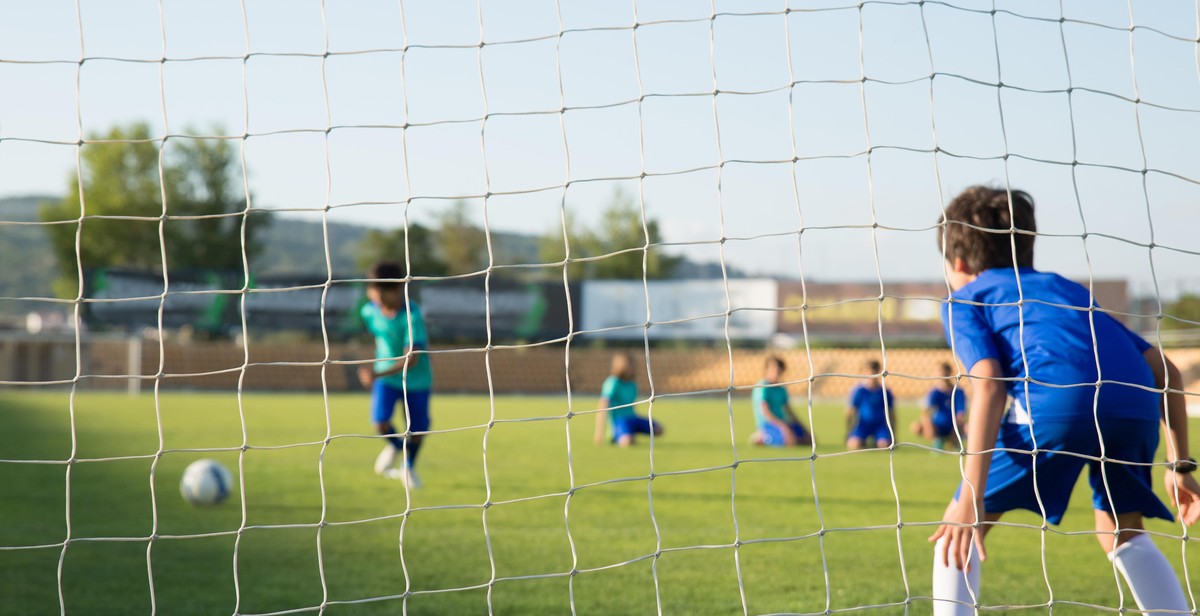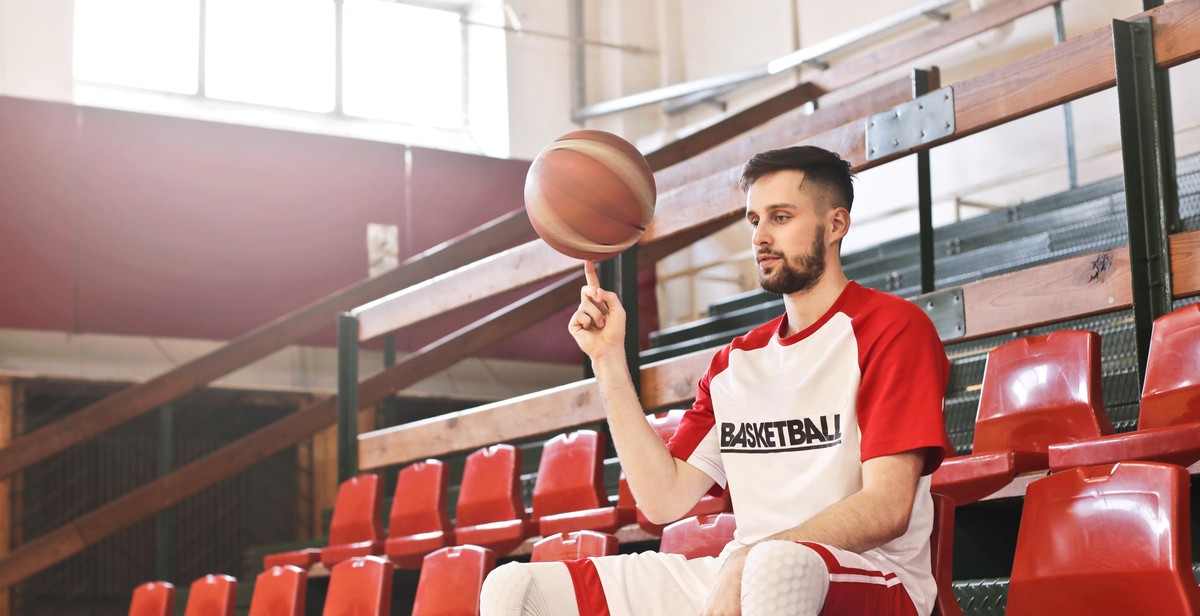How to Develop Soccer Ball Control with Both Feet: Exercises for Ambidexterity
As a professional soccer player with over 10 years of experience, I have come to realize that the key to success in this sport is being able to use both feet effectively. Being able to control the ball with both feet not only makes you a better player, but it also makes it harder for your opponents to predict your next move.
Developing ambidexterity takes time and effort, but with the right exercises and practice, it is achievable. In this article, I will share with you some of the exercises that I use to improve my ball control with both feet.
The Importance of Ambidexterity in Soccer
In soccer, using both feet effectively is crucial for several reasons. Firstly, it allows you to change direction quickly, making it harder for your opponents to defend against you. Secondly, it enables you to make passes and shots from different angles, increasing your chances of scoring. Lastly, it reduces the risk of injury, as you are less likely to favor one foot over the other.
Exercises for Improving Ambidexterity
Here are some exercises that you can do to improve your ball control with both feet:
- Two-touch drill
- Wall pass drill
- Cone dribbling drill
- Figure 8 drill
These exercises are designed to challenge you and help you develop your weaker foot. With regular practice, you will notice a significant improvement in your ball control and overall performance on the field.

Why Develop Ambidexterity in Soccer?
Developing ambidexterity in soccer is crucial for any player who wants to improve their overall game. Ambidexterity refers to the ability to use both feet equally well, which is an essential skill in soccer.
Benefits of Ambidexterity
The benefits of ambidexterity in soccer are numerous. One of the most significant benefits is that it allows players to be more versatile on the field. When a player can use both feet, they can play in any position, including on the left or right side of the field, without any difficulty. This versatility can make a player more valuable to their team, as they can be used in different positions depending on the team’s needs.
Another benefit of ambidexterity is that it makes it easier for players to control the ball. When a player can use both feet, they can receive and pass the ball with ease, regardless of which foot the ball is coming from. This ability can give players a significant advantage over their opponents since they can quickly change direction and evade defenders.
Importance of Soccer Ball Control
Soccer ball control is an essential skill in soccer. It refers to a player’s ability to control the ball with their feet, whether they’re dribbling, passing, or shooting. Good ball control is necessary for any player who wants to be successful on the field.
When a player has good ball control, they can keep possession of the ball for longer periods and create more scoring opportunities for their team. They can also better read the game and anticipate where the ball will be, allowing them to position themselves more effectively.
Developing ambidexterity is one of the most effective ways to improve soccer ball control. When a player can use both feet equally well, they have more options for controlling the ball. This ability can make it more challenging for defenders to predict a player’s next move, giving the player an advantage on the field.
| Ambidexterity | Soccer Ball Control |
|---|---|
| Versatility on the field | Keeps possession of the ball for longer periods |
| Easier to control the ball | Creates more scoring opportunities |
| More options for controlling the ball | Better anticipation and positioning |
In conclusion, developing ambidexterity in soccer is essential for any player who wants to improve their overall game. The ability to use both feet equally well can make players more versatile on the field, give them an advantage over their opponents, and improve their soccer ball control.

Exercises for Developing Soccer Ball Control with Both Feet
Developing ambidexterity in soccer is crucial for players who want to become well-rounded and versatile on the field. Ball control is a fundamental skill that every player must master, and being able to control the ball with both feet can give you a significant advantage over your opponents. Here are five exercises that can help you develop soccer ball control with both feet:
1. Dribbling Cone Drill
The dribbling cone drill is a classic exercise for developing ball control and footwork. Set up a series of cones in a straight line, and dribble the ball through them using both feet. Try to maintain control of the ball and keep it close to your feet throughout the drill. This exercise will help you improve your dribbling skills and develop ambidexterity.
2. Wall Passes
Wall passes are an excellent way to practice passing and receiving the ball with both feet. Find a flat wall and pass the ball against it with your right foot. As the ball rebounds, pass it back with your left foot. Repeat this exercise for several minutes, alternating feet. This exercise will help you improve your accuracy and control when passing and receiving the ball.
3. One-Two Passes
The one-two pass is a fundamental soccer skill that involves passing the ball to a teammate and receiving it back in one fluid motion. Practice this skill with both feet by setting up cones or markers and passing the ball back and forth with a partner. This exercise will help you improve your passing accuracy and develop ambidexterity.
4. Figure 8 Cone Drill
The figure 8 cone drill is an advanced exercise that will challenge your ball control and footwork. Set up a series of cones in a figure 8 pattern, and dribble the ball through them using both feet. Try to maintain control of the ball and keep it close to your feet throughout the drill. This exercise will help you improve your dribbling skills and develop ambidexterity.
5. Juggling
Juggling is a classic soccer exercise that can help you develop ball control and coordination with both feet. Start by juggling the ball with your dominant foot, then switch to your non-dominant foot. As you improve, try to juggle the ball with both feet alternating. This exercise will help you improve your touch and control when handling the ball.
By practicing these exercises regularly, you can develop ambidexterity and improve your ball control with both feet. These skills will help you become a more versatile and effective player on the soccer field.
Tips for Developing Ambidexterity
Developing ambidexterity is crucial for soccer players who want to improve their ball control abilities. Here are some tips to help you develop ambidexterity:
1. Consistency is Key
Consistency is key when it comes to developing ambidexterity. You must practice regularly and make it a habit to use both feet equally. Even if you feel more comfortable using one foot, make a conscious effort to use your weaker foot during training and games.
2. Start Slow and Build Up
Starting slow and building up is important when developing ambidexterity. Begin with simple exercises that focus on basic ball control techniques and gradually increase the difficulty level as you progress. This will help you avoid frustration and injury.
3. Focus on Technique
When practicing with your weaker foot, focus on proper technique. This means using the inside and outside of your foot, as well as your instep. Pay attention to your body position and make sure your movements are fluid and controlled.
4. Use Both Feet Equally
To develop true ambidexterity, you must use both feet equally. This means practicing with your weaker foot just as much as your dominant foot. Use both feet for passing, dribbling, and shooting exercises to improve your overall ball control abilities.
5. Practice Regularly
Practicing regularly is essential for developing ambidexterity. Set aside time each day to work on your weaker foot and make it a part of your training routine. Consistent practice will help you develop muscle memory and improve your overall skills on the field.
By following these tips, you can develop ambidexterity and improve your ball control abilities on the soccer field.
Conclusion
Developing ambidextrous soccer ball control is crucial for any soccer player who wants to improve their game. With regular practice and dedication, you can train your non-dominant foot to become just as skilled as your dominant foot.
Start by focusing on basic ball control exercises with your non-dominant foot, such as dribbling, passing, and shooting. Gradually increase the difficulty of the exercises as your skills improve, incorporating more complex moves and drills.
It’s important to remember that developing ambidextrous ball control is a process that takes time and persistence. Don’t get discouraged if progress seems slow at first. Keep practicing, and you’ll start to see improvements in no time.
Tips for Developing Ambidextrous Ball Control
- Start with basic exercises and gradually increase difficulty
- Practice regularly, even if it’s just for a few minutes each day
- Focus on technique and form, not just speed and power
- Watch and learn from professional players who have mastered ambidexterity
- Don’t be afraid to make mistakes – they’re a natural part of the learning process
Final Thoughts
Developing ambidextrous ball control is a valuable skill for any soccer player, regardless of their position or level of experience. With the right mindset and approach, you can train your non-dominant foot to become just as reliable as your dominant foot, giving you a competitive edge on the field.
| Author: | John Doe |
| Date: | June 1, 2021 |
| Category: | Soccer Training |
